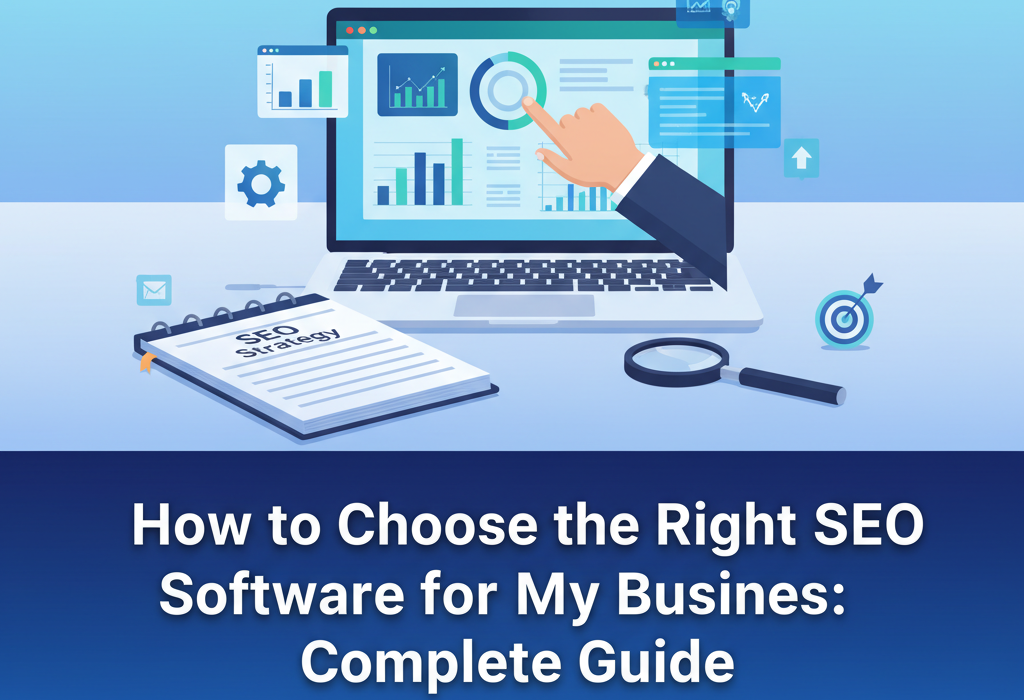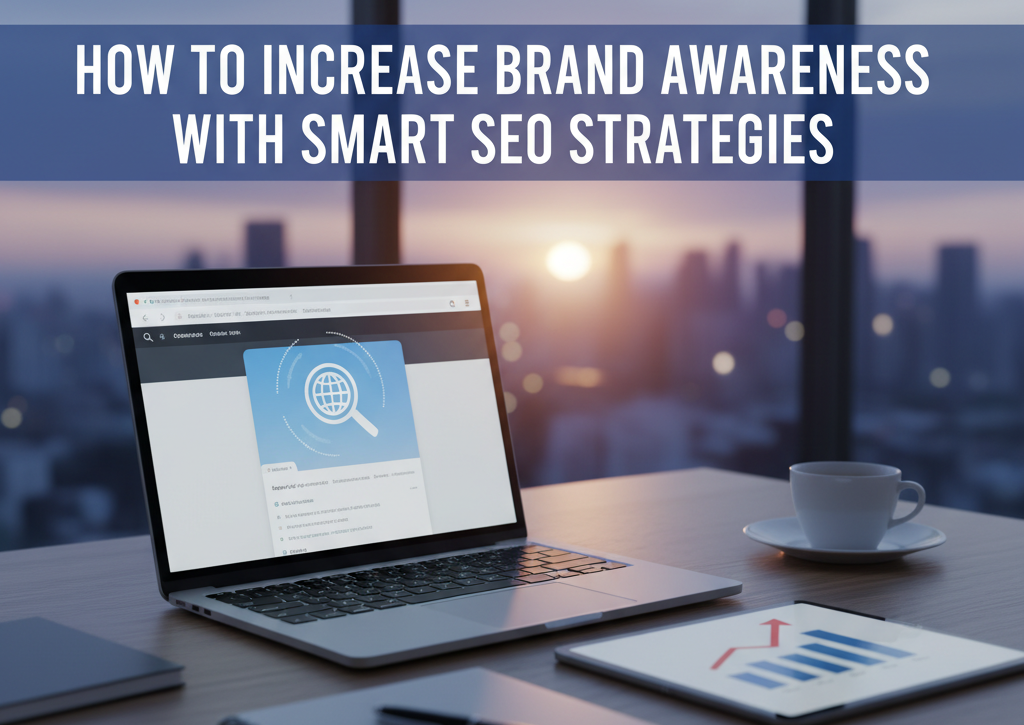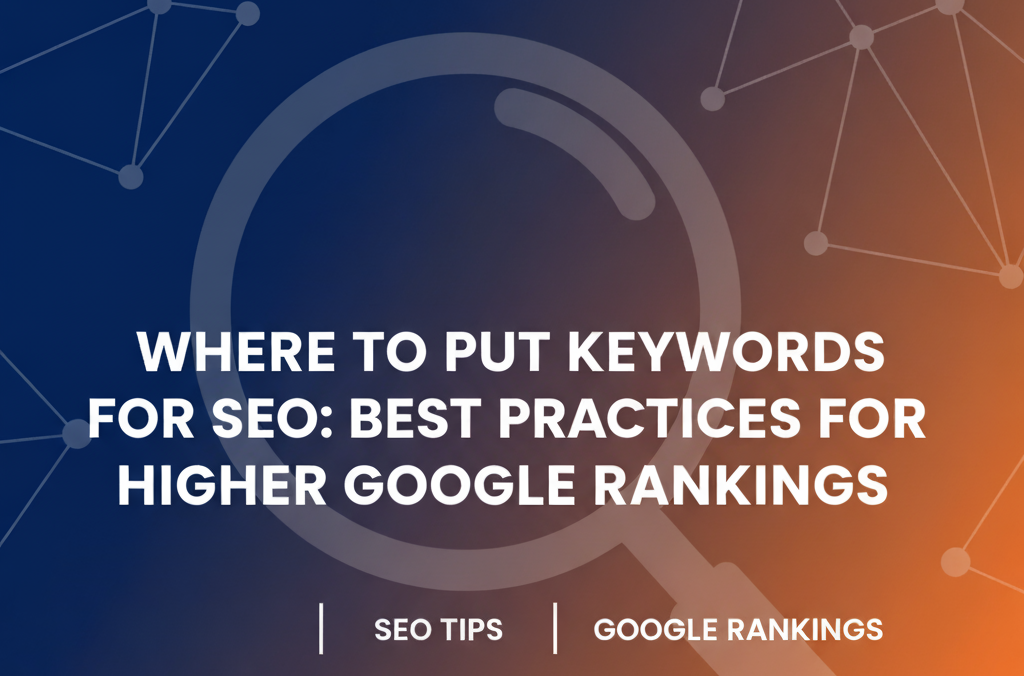Understanding how search engines comprehend content is no longer an “additional consideration,” but an essential component of your marketing strategy – especially if you plan on operating within the digital landscape. Among the most prominent proponents of this idea is Ben Stace, a Semantic SEO speaker, consultant, and educator who is changing how marketers approach search optimization.Ben has enabled several firms to increase their organic reach without relying on obsolete keyword techniques by using innovative approaches like topical authority development, entity-based SEO, and knowledge graph optimization.
You will discover in this book who Ben Stace is and his method for Semantic SEO and why companies should become aware of and involved in his teachings and then how they could use his approaches to get sustainable search visibility.
Table of Contents
ToggleWho Is Ben Stace?
Ben Stace is a thought-leader with an extensive background in search marketing, content strategy, and topical mapping, and he is actively influencing industry thought leaders around Semantic SEO. Ben has developed a reputation for high-impact keynote speeches, in-depth workshops, and informative webinars focused on semantic search, Google’s NLP processing, and entity optimization.
Ben revolutionizes his speaking events with transparency through real-world examples, case studies, and practical frameworks to allow SEO professionals and business owners to quickly understand how they can transform from keyword stuffing to creating meaningful and intent-driven content. Ben can make esoteric SEO semantics simple to understand and actionable, whether it’s a keynote presentation at a large marketing conference or a private Call-To-Action training for a few.
What Is Semantic SEO?
Before diving into Ben’s approach, let’s clarify the concept.
Semantic SEO is the practice of optimizing content around meaning and relationships between topics, entities, and concepts — rather than focusing solely on exact-match keywords. It aligns content with user intent, contextual relevance, and Google’s AI-driven algorithms.
Some key components include:
- Entity recognition & optimization (people, places, brands, topics)
- Topical clustering for in-depth coverage
- Knowledge graph connections to improve search understanding
- Natural language processing (NLP) adaptation
- Structured data markup to help search engines better interpret your content
Ben Stace’s Approach to Semantic SEO
Ben Stace stands out in the SEO community because he bridges data science, content strategy, and search intent mapping. His presentations often emphasize:
1. Building Topical Authority
- Create a semantic content network where each article supports a larger topic.
- Use topical maps to identify gaps and opportunities.
2. Focusing on Entities, Not Just Keywords
- Treat every brand, product, or concept as a knowledge graph entity.
- Use schema markup and contextual linking to strengthen relationships.
3. Satisfying All Searcher Intents
- Cover informational, navigational, and transactional content types.
- Provide supporting content to answer related questions (LSI: search intent optimization, SEO content silos, semantic keyword mapping).
4. Leveraging AI and NLP Tools
- Use tools that mimic Google’s NLP to ensure the content matches how algorithms interpret meaning.
- Measure topic coverage, entity density, and semantic relevance.
Why Businesses Should Learn from Ben Stace
Attending a Ben Stace SEO keynote or workshop offers significant benefits:
- Future-proof strategies aligned with how search engines actually work today.
- A clear shift from keyword obsession to intent satisfaction.
- Actionable frameworks for creating SEO content clusters that rank faster and longer.
- Real-world examples showing semantic SEO case studies.
For companies struggling with content cannibalization, low topical authority, or weak engagement, his teachings offer a structured path to recovery.
LSI Keywords and Semantic Relevance
To fully optimize for Semantic SEO, Ben often incorporates LSI keywords such as:
- Topical authority SEO
- Entity-based search optimization
- SEO knowledge graph
- Contextual content marketing
- Topic clustering strategies
- Semantic content networks
- Search intent mapping
- SEO content silos
- Natural language SEO
- Structured data for SEO
These terms, when woven naturally into content, strengthen its semantic relationships, making it easier for search engines to understand context and rank accordingly.
Case Study – Applying Ben Stace’s Semantic SEO Methods
A mid-sized SaaS company implemented Ben’s topical mapping strategy by:
- Identifying core entities in their niche.
- Creating a pillar page for each primary topic.
- Linking to supporting cluster content that answered related questions.
- Adding schema markup for entities and FAQs.
Results after 6 months:
- Organic traffic up 85%
- Featured snippet wins on high-value keywords
- Increased time on page and conversion rate
Ben Stace as a Speaker – Events & Engagements
Ben regularly speaks at SEO conferences, digital marketing summits, and private training sessions. His sessions are tailored for:
- Marketing agencies seeking to level up their SEO services
- E-commerce brands looking to dominate category-level SERPs
- Corporate teams aiming for knowledge graph presence
- Content creators wanting to future-proof their visibility
How to Work With Ben Stace
You can engage with Ben through:
- Conference keynotes – High-level insights into search evolution
- Workshops – Hands-on SEO training for teams
- Consulting – Customized semantic SEO audits and strategies
- Webinars & Online Courses – Remote learning opportunities
Final Thoughts
Ben Stace is more than just a Semantic SEO speaker – he’s a guide for anyone serious about mastering topical authority and search intent optimization. His approach focuses on building meaning, context, and trust into your content, making it future-ready for an AI-driven search world.
If your business is ready to move beyond keywords and start ranking for topics, entities, and intent, learning from Ben Stace is a strategic investment.






